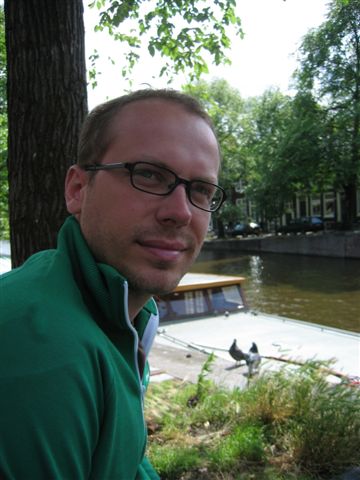Practice theory in DESIGN!!
Designers apply/ plan to apply practice theory!
This is also very new and exciting! I have not seen any publications in the field of taking a "practitioner" approach to practice theory before. A group of people in UK have a project called "designing and consuming: objects, practices and processes". They are approaching social practices from a designer perspective!
http://www.dur.ac.uk/designing.consuming/events.html#Anchor--Worksh-32410
I could not unfortunately participate in the workshops they had, but this is something you should keep an eye on. In the last workshop in the beginning of the summer they created a "Manifesto" for Practice Oriented Product Design (POPD).
http://www.dur.ac.uk/designing.consuming/wkshpjul06/popd%20manifesto.pdf
I am approaching social practices from a marketing perspective, which is a little bit different from this, but the basic philosophy is the same. Because of my background as a management consultant, I am focusing on a x-functional approach to markets rather than on "product design".
Below, an interesting entry in a blog concerning the differences between UCD (User Centred Design) and POPD. For those who do not know, UCD is probably the most interesting field of user oriented design this far. The problem with UCD is that it is still very much about "usage" and not "life practices". See the link below. The text is an excerpt from the blog.
Design Conferences
"In UCD the general approach is that users are creative and experts of their own living and doings. Methodologically, UCD typically picks methods from ethnography, but it was seen to be problematic that theories that inform ethnographic methods are not borrowed. Instead, theoretically UCD simply assumes that it is possible to design object-human relations. Finally, it was seen characteristic to UCD that it focuses on single product and, respectively, single user. Now, POPD is, of course, different. Shove told us to forget about the user and think about the practice instead. Practice was defined as a process of integration resulting in structural arrangement. Practice as an entity, in other words, is the focus of POPD, instead of user or product. Practice consists of integrated elements, which are material, image and skill. For reasons we can only guess, the POPD is interested in innovation (product innovation emerges when there's innovation in practices). On the other hand, the focus of POPD is on the routine ways of doing (which is not contradictory claim but they should elaborate their notion of practice in any case). POPD therefore acknowledges that "we are all POD's (practice oriented designers)", which, I think, outlines their focus group nicely: everybody and everything."
When I did my doctoral thesis, I was very much inspired by UCD. For instance books and articles by Karen Holzblatt is interesting and inspiring. But now after many years of pondering, I can see very clearly that there are possibilities to go beyond what UCD has promoted now for decades (I have not actually a clue when it started). From users to socially and culturally embedded human beings! Another important inspiration was activity theory, which I will return to in another post.


1 Comments:
User interfaces are the places where customers meet the offering. It must not only be simple but also have a design pull to win. And a good design must of course be based on understanding the customers context - what it looks like today and how it will evolve. What he already is used to do - and how this can be built on.
The understanding of this context early - by observing customers (not asking them) - will also create and earlier ear for weak signals.
Post a Comment
<< Home